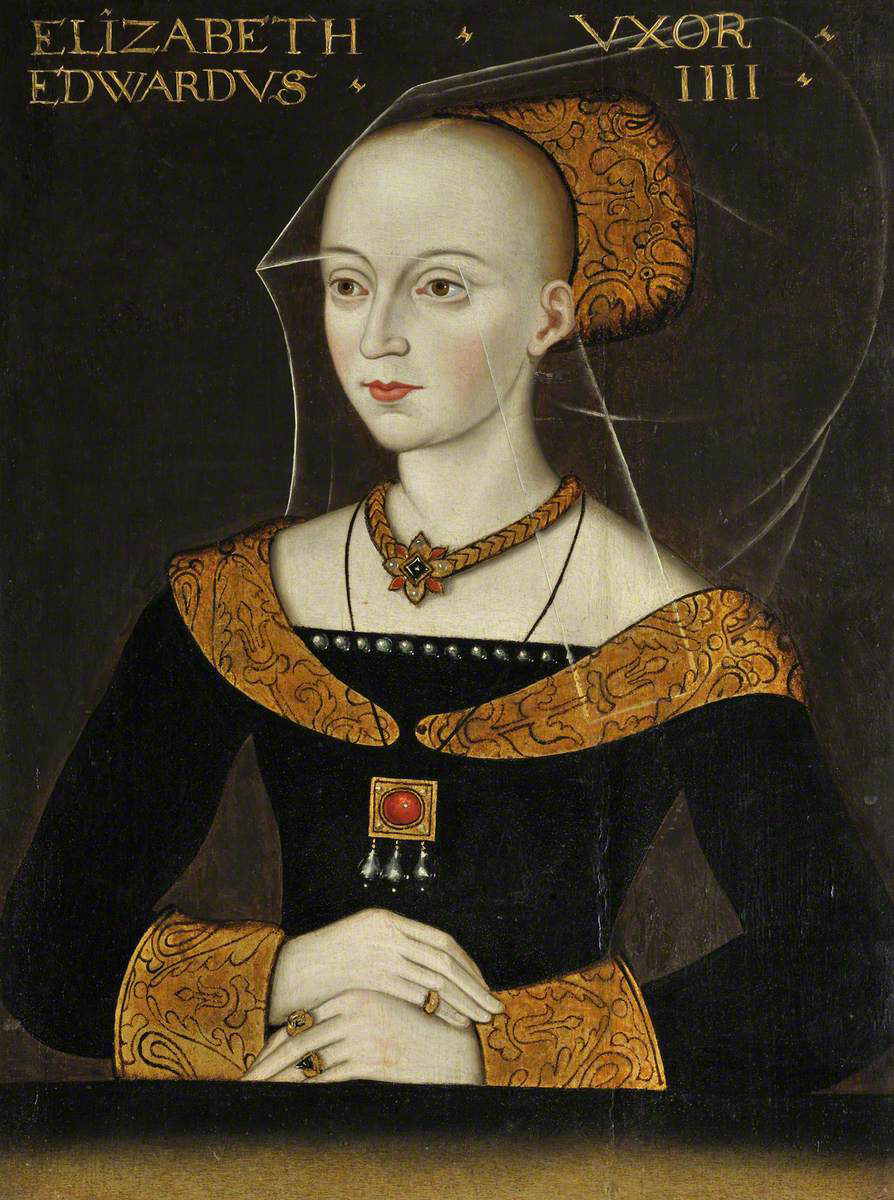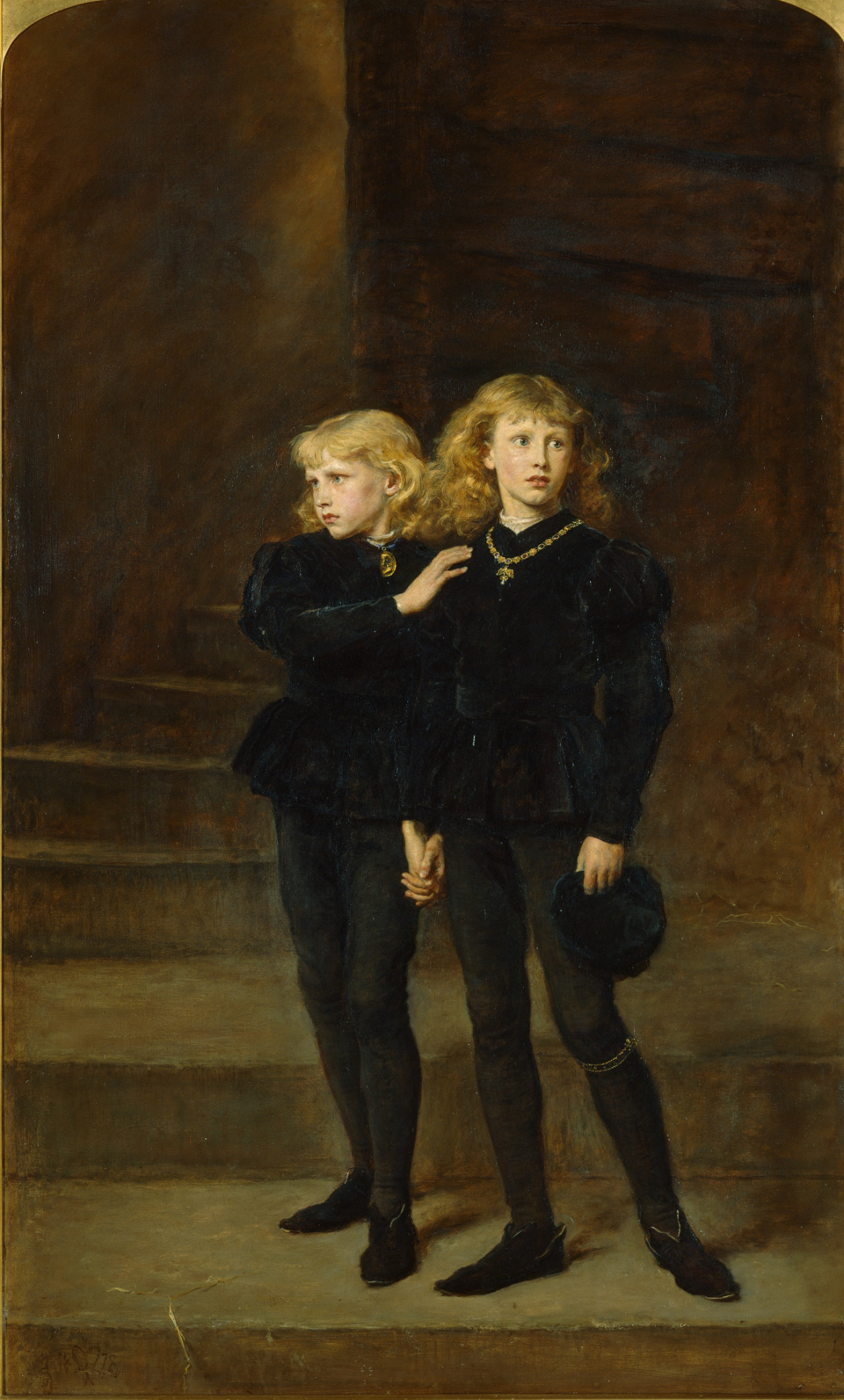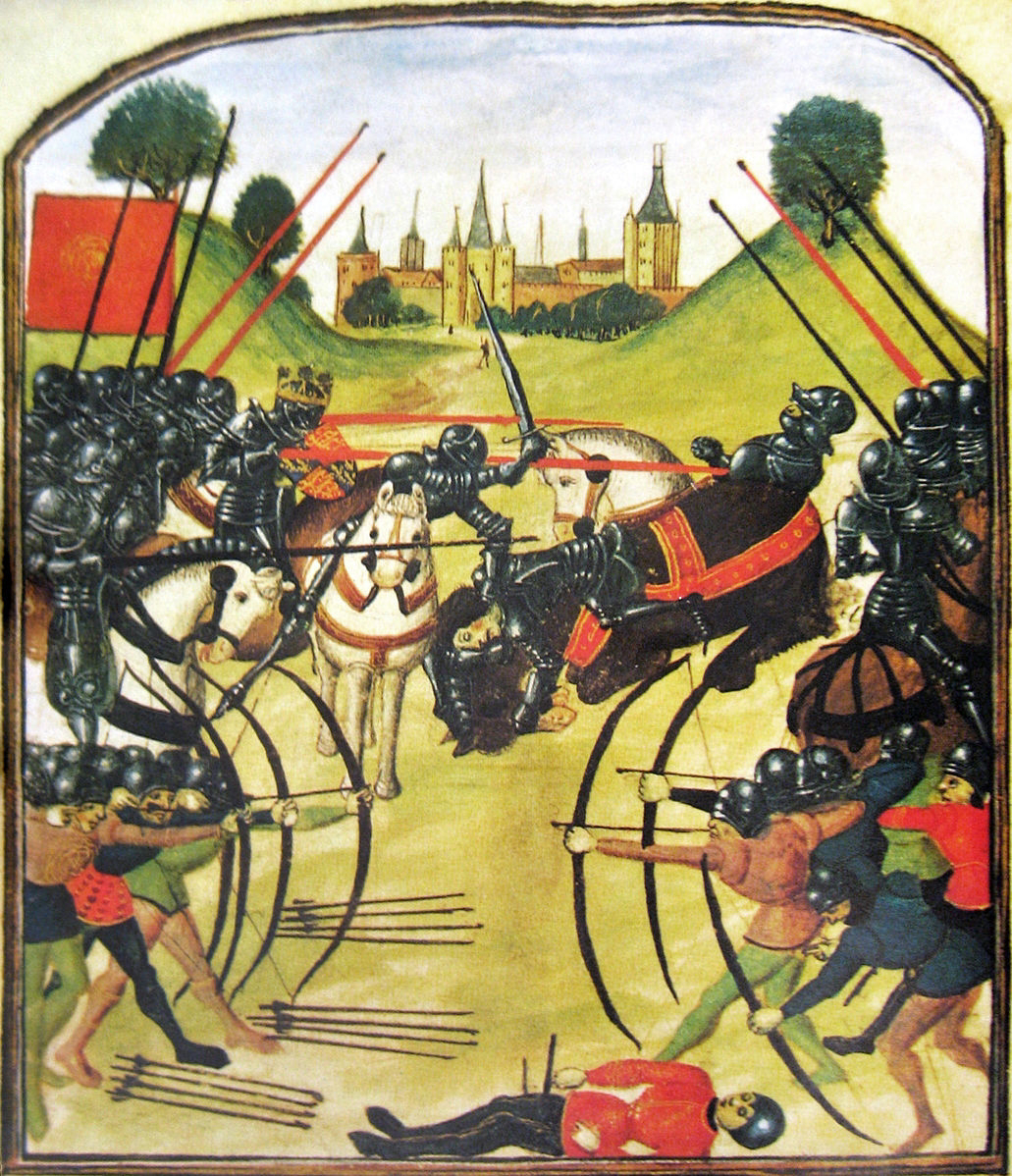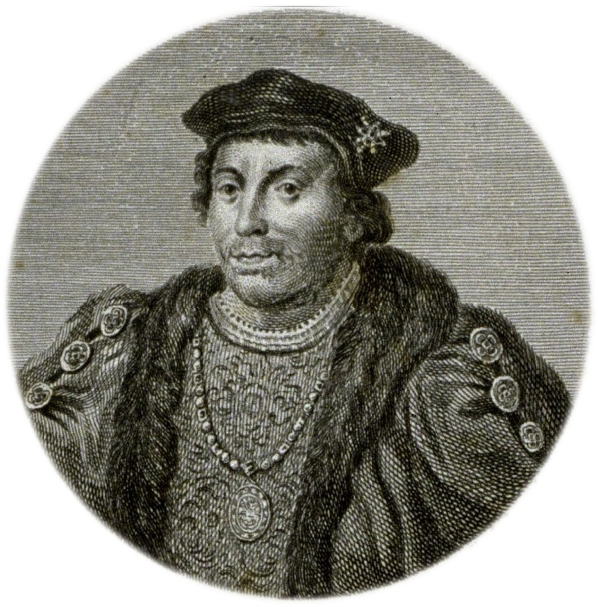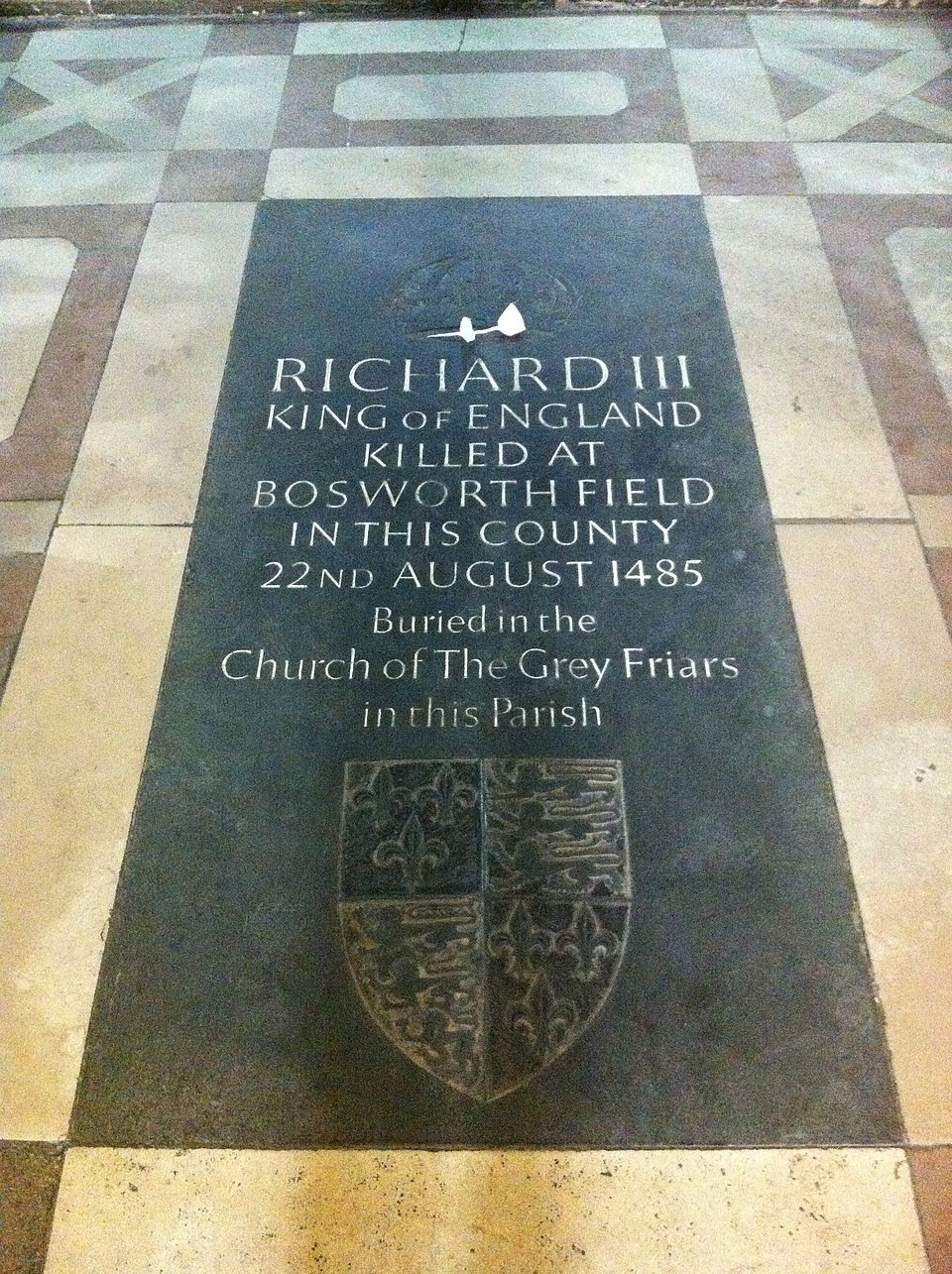Let's discover the past together
Discovering the history
Tuesday, 13 May 2025
Prince Arthur
Tuesday, 6 May 2025
Elizabeth Woodville.
Elizabeth Woodville: From Northamptonshire Widow to Queen of England, and Grandmother of the Tudors
Elizabeth Woodville
If you stand on the ridge above Grafton Regis, a sleepy Northamptonshire village of stone cottages and hedgerows, it’s hard to picture the woman born there in c. 1437 who would upend the English throne. Elizabeth Woodville, later queen to Yorkist king Edward IV, and ultimately grandmother to Henry VIII, straddled two civil wars, navigated lethal court politics, and left a family tree that still shapes how we think about the late Middle Ages. Yet her story feels surprisingly modern: a whirlwind romance, a blended family, ruthless rivals, and the strain of constant public scrutiny.
The country girl and the scandalous first marriage
Elizabeth’s parents were an odd pair for 15th‑century England. Her father, Sir Richard Woodville, was respectable gentry who’d made good through military service; her mother, Jacquetta of Luxembourg, was high European nobility and the widowed Duchess of Bedford, once aunt‑by‑marriage to Henry VI. Their elopement, they skipped the king’s permission and paid a fine later, was already tabloid material. Elizabeth, their eldest, grew up in a large, ambitious household that was noble enough to mingle with kings but provincial enough to stick out at court.
Around 1452 she married John Grey of Groby, a Lancastrian knight. The match looked promising until the Wars of the Roses erupted in 1455. John fought for Henry VI and died at the second Battle of St Albans in 1461, leaving Elizabeth a 24‑year‑old widow with two little boys, Thomas and Richard. She moved back to her parents’ estate, her future uncertain, until a chance meeting changed everything.
A secret marriage that shocked England
Legend says the widowed Elizabeth waited under an oak tree near the royal hunting lodge at Stony Stratford to petition the new king, Edward IV, for her sons’ inheritance. Whether oak tree romance or scheming Woodville stage craft, the 22 year old monarch was smitten. On the 1st of May 1464 they married in secret, with only Elizabeth’s mother and two ladies present. For medieval England, the union broke every rule. Kings married foreign princesses to gain alliances and dowries, not widows of minor lords with two kids, never mind that Edward also skipped the advice of his most powerful adviser, Richard Neville, Earl of Warwick, soon to be labelled “the Kingmaker.” When the marriage became public, courtiers spluttered. Warwick’s French diplomacy collapsed. The king’s own Privy Council muttered that Elizabeth was “no wife for a prince.”Edward didn’t care. He threw a lavish public coronation for his commoner bride in 1465 and began marrying her large brood of brothers and sisters into England’s top families. From the Nevilles to the Staffords, everyone suddenly had Woodville in‑laws, and plenty of resentment.
Queen in a war zone
The Woodville boom enraged Warwick. In 1469 he rebelled, captured Edward, and executed Elizabeth’s father and favourite brother. A year later he switched sides entirely, restoring Henry VI to the throne for a few chaotic months. Pregnant and vulnerable, Elizabeth fled into sanctuary at Westminster Abbey, where in the dim candle light of a makeshift lodging she gave birth to the future Edward V.Edward IV bounced back in 1471, defeating Warwick at Barnet and the Lancastrians at Tewkesbury. By summer the queen was back in splendour, mother now to a dozen children, two from her first marriage, ten from her second. Yet court life never settled. Edward’s philandering , Jane Shore was only the most famous mistress, and the jealousy of royal brothers kept the atmosphere sharp.
Widowhood again-and the Princes in the Tower
| Description | "The Princes in the Tower" |
| Date | 1878 |
When Edward IV unexpectedly died in April 1483, probably of pneumonia, Elizabeth became dowager queen at 46. Her son, now Edward V, was 12, and per custom his uncle Richard, Duke of Gloucester, acted as Lord Protector. Almost immediately Richard seized the boy, arrested Elizabeth’s Woodville kinsmen, and, citing an alleged pre contract between Edward IV and another woman, had Parliament declare Elizabeth’s marriage invalid. Overnight her children were branded illegitimate.Edward V and his little brother Richard were lodged in the Tower of London for what everyone assumed would be a brief wait until the coronation. They were never seen again. Their presumed murder still fuels debate, but Richard III took the crown, and Elizabeth, stripped of lands and retitled “Dame Elizabeth Grey”, retreated once more into sanctuary at Westminster with her daughters.
The chess move that birthed the Tudors
Elizabeth was down but not out. She opened secret negotiations with Margaret Beaufort, another formidable widowed mother whose exiled son, Henry Tudor, had a shaky but traceable Lancastrian claim. The two women agreed: if Henry could seize the throne, he would marry Elizabeth’s eldest daughter, also named Elizabeth, uniting York and Lancaster. In December 1483 Henry swore the pledge publicly in Rennes Cathedral.
Two years later, on a Leicestershire field called Bosworth, Richard III fell, and Henry VII became king. He married Elizabeth of York in January 1486, launching the Tudor dynasty and all but ending the War of the Roses. Although there would still be uprisings like at the Battle of Stoke that took place of the 16th of June 1487. The Battle of Stoke was the last major battle in the War of the Roses. Elizabeth Woodville was restored to her full rank, but court politics were now dominated by Henry’s fiercely protective mother, Lady Margaret Beaufort. Whether side-lined by the new regime or by her own choice, Elizabeth retired in February 1487 to Bermondsey Abbey, across the Thames from the Tower that had once caged her sons.
Quiet twilight and final mysteries
Bermondsey Abbey wasn’t a grim exile; queens dowager often adopted semi religious retirements. Henry VII gave Elizabeth a pension, and she attended the christenings of her Tudor grandchildren Margaret (the future queen of Scotland) and Henry (the future Henry VIII). Yet royal visits were rare, and contemporary rumours linked her withdrawal to Yorkist plots like the Lambert Simnel rising.
On the 8th of June 1492, Elizabeth Woodville died at around 55. Her will asked for the simplest funeral possible. Four days later, carried by barge up the Thames, she was laid beside Edward IV in St George’s Chapel, Windsor. Chroniclers noted the ceremony’s restraint; modern historians debate whether austerity reflected Henry VII’s parsimony or her own explicit wish. A 1511 Venetian dispatch even claims she succumbed to plague, explaining the haste.
What remains of Elizabeth Woodville?
A dynastic linchpin. Through her daughter Elizabeth of York, she is grandmother to Henry VIII, great‑grandmother to Edward VI, Mary I, and Elizabeth I, every Tudor monarch. A cautionary tale of power and backlash. She showed how quickly favour could curdle: elevate siblings too fast, anger the nobles, and pay in blood. A rare medieval love story. Whatever Edward’s motives, he defied political logic for a private marriage, making Elizabeth England’s first commoner queen and setting precedents for later surprise unions (hello, Henry VIII and Jane Seymour). A survivor’s blueprint. She endured two wars, two widowhoods, the execution of close kin, and the disappearance of her sons and yet still maneuvered to see her grandchildren on the throne.
Why she still fascinates us
Elizabeth Woodville embodies the razor’s edge between ambition and catastrophe. She was romantic heroine and ruthless matriarch, power broker and pawn. Shakespeare paints her as grief stricken mother cursing Richard III; Philippa Gregory casts her as white witch in The White Queen. Academic biographies probe whether she orchestrated politics or merely reacted to crisis.
Strip away the legend and you meet a resourceful woman making high stakes choices in an age when female agency was usually confined to the marriage bed. She married for love, or opportunity, stood up to titans like Warwick and Richard III, and forged alliances that reshaped England. Her life reminds us that behind every royal chronicle lies a human story of risk, loss, and astonishing resilience.
Next time you stroll through Windsor’s echoing chapel or glance at a Tudor portrait, spare a thought for Elizabeth Woodville: the country knight’s daughter who became queen by chance, survived by cunning, and mothered a dynasty that still captures our imagination half a millennium later.
Free Worksheet.
Sunday, 27 April 2025
Elizabeth of York
Monday, 21 April 2025
Henry VII part 2
In 1483, the sudden death of King Edward IV led to a power struggle. His young son, Edward V, was named heir, with Richard, Duke of Gloucester, appointed Lord Protector. However, Edward IV’s marriage to Elizabeth Woodville was declared invalid, making their children illegitimate. Richard seized the throne and became Richard III. The young princes, Edward and Richard, were lodged in the Tower of London and soon disappeared under mysterious circumstances.
Henry, supported by French troops and Welsh allies, landed in Wales on the 7th of August 1485 and marched toward London, gathering support. He reached out to his influential stepfather, Thomas Stanley, whose allegiance was uncertain. To ensure Stanley’s loyalty, Richard took Stanley's son, Lord Strange, as a hostage.
Henry Tudor entered London as King Henry VII on the 27th of August 1485 and was crowned on the 30th of October. On the 10th of December, Parliament formally requested that he marry Elizabeth of York, which he did five weeks later. This union symbolised the reconciliation of the warring houses of York and Lancaster.
Elizabeth of York (1465-1503)
Their marriage produced four surviving children, including the future Henry VIII. Elizabeth died in 1503, and Henry was reportedly devastated. Henry VII ruled for over 23 years, stabilizing England after years of civil war. His accomplishments included securing the Tudor dynasty, reforming government (such as through the Court of the Star Chamber), restoring the Crown’s finances, and maintaining peace in the realm.
Henry VII became the first Tudor king, effectively ending the Wars of the Roses and introducing the powerful Tudor dynasty. He declared himself king retroactively from the day before the battle to legitimise the confiscation of Yorkist property. To unite the warring houses of York and Lancaster, he honoured a pledge to marry Elizabeth of York in 1486, securing the his dynasty.
Though his reign brought relative peace, Henry faced several rebellions. In 1487, Yorkists backed Lambert Simnel, a boy claimed to be Edward of Warwick. The uprising was crushed at the Battle of Stoke. Another pretender, Perkin Warbeck, claimed to be one of the missing Princes in the Tower. He was supported by European powers but was eventually captured and executed in 1499. Henry dealt harshly with internal threats, including executing his former ally William Stanley and Warwick himself, to secure his throne. Henry used marriage alliances to strengthen his international position, most notably marrying his son Arthur to Catherine of Aragon, daughter of the powerful Catholic monarchs of Spain. He also arranged the marriage of his daughter Margaret to James IV of Scotland, which would later lead to the union of the English and Scottish crowns.
Economically, Henry was cautious and focused on increasing royal income. He revived old taxes and enforced financial obligations through harsh methods, often using bonds and recognisances to control the nobility. His two most notorious tax collectors, Empson and Dudley, became symbols of his oppressive fiscal policy and were executed under Henry VIII. He bolstered trade through treaties like the Magnus Intercursus with Burgundy, a major commercial treaty signed in 1496 between England and the Duchy of Burgundy. He also became involved in the lucrative alum trade. Alum was a valuable mineral used in textile’s. Henry also promoted naval strength, supporting explorers like John Cabot, who sailed west in 1497 under Henry's commission.
To consolidate law and order, Henry relied on justices of the peace and strengthened the authority of the Star Chamber to curb noble power. He restricted private armies and passed laws against "livery and maintenance," targeting the practice of retaining armed followers.
Later in life, personal tragedy struck with the deaths of his son Arthur and wife Elizabeth, which deeply affected him. He considered remarriage but never followed through. His final years were marked by increasing financial exactions and growing unpopularity due to his harsh policies. Henry VII died of tuberculosis on the 21st of April 1509 at Richmond Palace and was buried beside his wife in Westminster Abbey. He was succeeded by his second son, Henry VIII who came to the throne due to the death of his brother Arthur. Despite criticism, Henry VII restored stability, strengthened the monarchy, and laid the foundations for the Tudor dynasty.
The Battle of Stoke Field was fought on the 16th of June 1487 near East Stoke in Nottinghamshire and it is often considered the final battle of the Wars of the Roses. Although the Battle of Bosworth that happened in 1485 had established Henry VII as king and ended Yorkist rule, his reign was still insecure, prompting one last major Yorkist uprising. The rebellion centred on Lambert Simnel, a boy who, coached by priest Richard Symonds, claimed to be Edward, Earl of Warwick, a Yorkist heir imprisoned in the Tower of London. John de la Pole, Earl of Lincoln, who had once been named heir by Richard III, supported the cause. Backed by his aunt, Margaret of Burgundy, Lincoln gathered 2,000 German and Swiss mercenaries under Martin Schwartz and allied with Lord Lovell and other Yorkist exiles.
They first sailed to Ireland, where Yorkist support was strong. Simnel was crowned "King Edward VI" in Dublin on the 24th of May 1487. With 4,500 Irish mercenaries and their continental allies, the force landed in Lancashire in early June and marched over 200 miles in five days. After a skirmish victory at Tadcaster and a diversionary attack on York, Lincoln moved south through Sherwood Forest, pursued by Henry VII’s growing army. On the16th of June, Lincoln's 8,000-strong force met Henry's army near East Stoke. The Yorkists occupied a hilltop position but were hemmed in by the River Trent on three sides. The Earl of Oxford led Henry’s vanguard, supported by seasoned commanders like Jasper Tudor and John de Vere. The battle began with a Yorkist charge, hoping to break the Lancastrian line quickly. Though initially shaken, Oxford held the line, and the longbowmen inflicted heavy losses, especially on the lightly armoured Irish kerns. The Yorkists, unable to retreat, were eventually overwhelmed. Lincoln, Schwartz, and Fitzgerald were killed; Lovell disappeared and was never conclusively seen again.
Simnel was captured but was spared by Henry, who recognized he had been a pawn. Simnel was put to work in the royal kitchens and later became a falconer. The Irish nobility and clergy who supported him were pardoned, though some clerics were later excommunicated by the Pope at Henry’s request. Henry commemorated his victory by raising his standard at Burham Furlong, marked today by a memorial. Many of his supporters were knighted in the aftermath. Henry used fines, rather than mass executions, to punish the rebels, a reflection of his strategy to weaken the nobility financially rather than provoke further unrest.
The battle solidified Henry VII’s hold on the throne and marked the end of large-scale dynastic conflict. However, Yorkist plots persisted, most notably with the appearance of another pretender, Perkin Warbeck, in the 1490s.
Perkin Warbeck (c. 1474 – 23 November 1499) was a pretender to the English throne who claimed to be Richard of Shrewsbury, Duke of York, one of the two Princes in the Tower and the younger son of King Edward IV. If true, he would have had a strong claim to the throne over Henry VII. Warbeck’s mysterious identity and persistent rebellions made him a significant threat. Warbeck was born in Tournai (modern-day Belgium) as Pierrechon de Werbecque, the son of a Flemish official. His story took a dramatic turn when he arrived in Cork, Ireland, around 1491. There, Yorkist sympathisers encouraged him to claim he was Richard, Duke of York. Warbeck gained early support from European courts, including that of Margaret of Burgundy, the sister of Edward IV, who publicly recognised him as her nephew.
He was also welcomed by James IV of Scotland, who even gave Warbeck his cousin, Lady Catherine Gordon, in marriage. James used Warbeck as a political tool to pressure Henry VII, but eventually grew tired of his presence and sent him away in 1497. Warbeck launched several failed attempts to land in England and Ireland to rally supporters, including the Battle of Deal in Kent and a failed siege of Waterford. His final attempt came when he landed in Cornwall in September 1497, hoping to exploit recent unrest there. Declared “Richard IV” by locals, he quickly attracted 6,000 followers but panicked and fled when royal troops approached. He was captured at Beaulieu Abbey and surrendered without a fight.
Initially treated with leniency by Henry VII, Warbeck confessed to being an impostor and was kept under guard at court. However, after attempting to escape and conspiring with Edward, Earl of Warwick, he was imprisoned in the Tower of London. In 1499, both were executed, Warbeck by hanging at Tyburn, and Warwick by beheading on Tower Hill.
Warbeck's story fueled speculation for centuries. Some believed he might truly have been Richard, the lost prince, due to his physical resemblance to Edward IV and the passionate support he received from key Yorkists. However, his own confession, likely made under duress, named him as a Fleming of modest origin. Despite being dismissed by the Tudor regime as a fraud, Warbeck's life has remained a topic of intrigue in history.
Warbeck was buried at Austin Friars, London, in an unmarked grave. His story is remembered as one of the most dramatic and persistent challenges to Tudor authority, highlighting the fragile nature of royal legitimacy in the turbulent aftermath of the Wars of the Roses.
Monday, 14 April 2025
Henry VII Part 1.
It was the Battle of Tewkesbury, that was the catalyst to Henry and Jaspers retreat from England.
Battle of Tewkesbury in Brief: The Clash That Sealed Edward IV's Power
The Battle of Tewkesbury was a decisive conflict during the Wars of the Roses between the House of York and the House of Lancaster. Fought on the 4th of May 1471, it marked a turning point in the struggle for the English throne.The Yorkist forces, led by King Edward IV, faced the Lancastrians, commanded by Queen Margaret of Anjou and her son, Edward of Westminster, Prince of Wales. Edward IV had recently regained the throne after returning from exile and was determined to crush Lancastrian resistance. The two armies clashed near the town of Tewkesbury in Gloucestershire. The Yorkists, well-organized and tactically superior, won a resounding victory. Many prominent Lancastrians were killed or captured. Most notably, Prince Edward, the Lancastrian heir who was killed in the aftermath, either in battle or during his capture, sealing the fate of the Lancastrian cause. Queen Margaret was taken prisoner, and Henry VI, already imprisoned in the Tower of London, was murdered shortly after. The battle effectively left the House of York in control of the English throne.
The death of Henry VI and his only son, left Henry VII in a hugely dangerous position. He was now an heir to the Lancastrian line, albeit tenuously. They were in no position to fight for the throne, many Lancastrians had been killed in battle and Edward had a lot of support. Henry, only a child at the time, was taken into exile...just waiting for the right time for his return to England and with it the recognition as king.
Part Two coming soon.
Sunday, 30 March 2025
Richard III Part 2. The Battle of Bosworth Field.
Thursday, 27 March 2025
Richard III Part One. Ruthless Usurper or Misunderstood?
Prince Arthur
Arthur, Prince of Wales circa 1500 Private collection, Hever Castle, Kent Arthur, Prince of Wales was born on the 19th or 20th o...

-
BOSWORTH FIELD Bosworth Field was a hugely important part of British history, it was the start of the Tudor dynasty. Everybody has heard of...
-
Hello, you lovely people. I hope you are all feeling well and looking forward to our next delve into the history of Bletchley Park. Today I...
-
The Manor at Bletchley Park today. Photo. Let's discover the past together 2025. Knowing where to start on a blog is pr...
